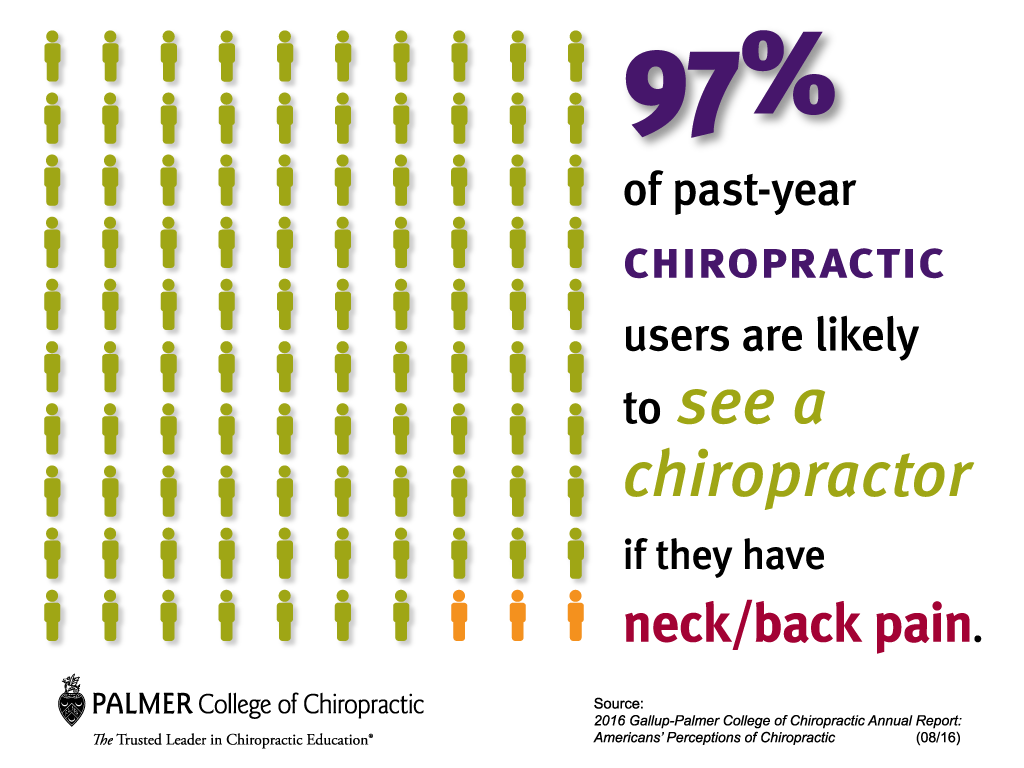The Impact Of Position On Pain In The Back: Techniques For Sustaining Proper Positioning Throughout Daily Activities
The Impact Of Position On Pain In The Back: Techniques For Sustaining Proper Positioning Throughout Daily Activities
Blog Article
Developed By-Williford Fraser
Preserving correct stance isn't nearly sitting up directly; it's about aligning your body in such a way that supports your back and decreases the danger of back pain. The way you sit, stand, and move throughout the day can considerably influence your spine health. Yet how specifically can you make certain excellent placement constantly, even during busy days full of various activities? Allow's delve deeper into the subtle yet impactful adjustments you can make to your day-to-day routine to keep your back happy and healthy.
Significance of Correct Stance
Proper posture is critical in preserving a healthy back and preventing discomfort. When location types of back pain sit or stand with great pose, your back is in placement, minimizing pressure on your muscles, tendons, and joints. This alignment enables the body to distribute weight evenly, preventing extreme stress on particular areas that can bring about pain and discomfort. By keeping your back effectively straightened, you can additionally enhance your breathing and food digestion, as slouching can compress body organs and limit their functionality.
Furthermore, maintaining good position can improve your total look and positive self-image. When you stand tall with your shoulders back and head held high, you show confidence and appear even more friendly. Good pose can additionally make you really feel more energized and alert, as it advertises correct blood circulation and allows your muscle mass to function efficiently.
Integrating proper stance into your everyday regimen, whether resting at a desk, walking, or working out, is essential for stopping neck and back pain and promoting overall well-being. Remember, advanced chiropractic care in just how you hold yourself can make a substantial difference in exactly how you feel and operate throughout the day.
Common Postural Mistakes
When it pertains to preserving excellent pose, many people unknowingly make common errors that can contribute to pain in the back and pain. One of one of the most common errors is slouching or stooping over while resting or standing. just click the up coming page on the spinal column and can lead to muscle inequalities and pain in the future.
Another usual blunder is overarching the lower back, which can squash the all-natural curve of the spine and trigger discomfort. Furthermore, crossing legs while sitting may feel comfy, however it can produce a discrepancy in the hips and hips, bring about postural concerns.
Using a cushion that's too soft or as well solid while resting can additionally affect your placement and contribute to pain in the back. Lastly, constantly craning your neck to check out displays or adjusting your setting frequently can strain the neck and shoulders. Being mindful of these usual postural mistakes can help you maintain better alignment and lower the danger of pain in the back.
Tips for Correcting Positioning
To boost your placement and reduce back pain, it's necessary to concentrate on making small changes throughout your day-to-day routine. Beginning by being mindful of your pose. When sitting, ensure your feet are level on the flooring, your back is straight, and your shoulders are loosened up. Prevent slouching or leaning to one side. Use ergonomic chairs or paddings to support your lower back.
When standing, disperse your weight uniformly on both feet, maintain your knees somewhat bent, and tuck in your hips. Engage https://www.ajmc.com/view/access-to-chiropractic-care-and-the-cost-of-spine-conditions-among-older-adults to sustain your back. Take breaks to stretch and walk around if you have a sedentary task. Include workouts that enhance your core and back muscle mass, such as planks or bridges.
While sleeping, make use of a pillow that sustains the all-natural curve of your neck to preserve correct back positioning. Avoid sleeping on your tummy, as it can strain your neck and back. By being mindful of these pointers and making small changes, you can progressively correct your alignment and ease pain in the back.
Final thought
Remember, keeping good posture is key to stop neck and back pain and promoting back health. By bearing in mind your positioning, dispersing weight uniformly, and engaging your core muscle mass, you can reduce stress on your back and minimize the risk of pain and injury. Incorporate ergonomic assistance, take routine breaks to stretch, and strengthen your core and back muscle mass to maintain appropriate alignment throughout the day. Your back will certainly thanks for it!
